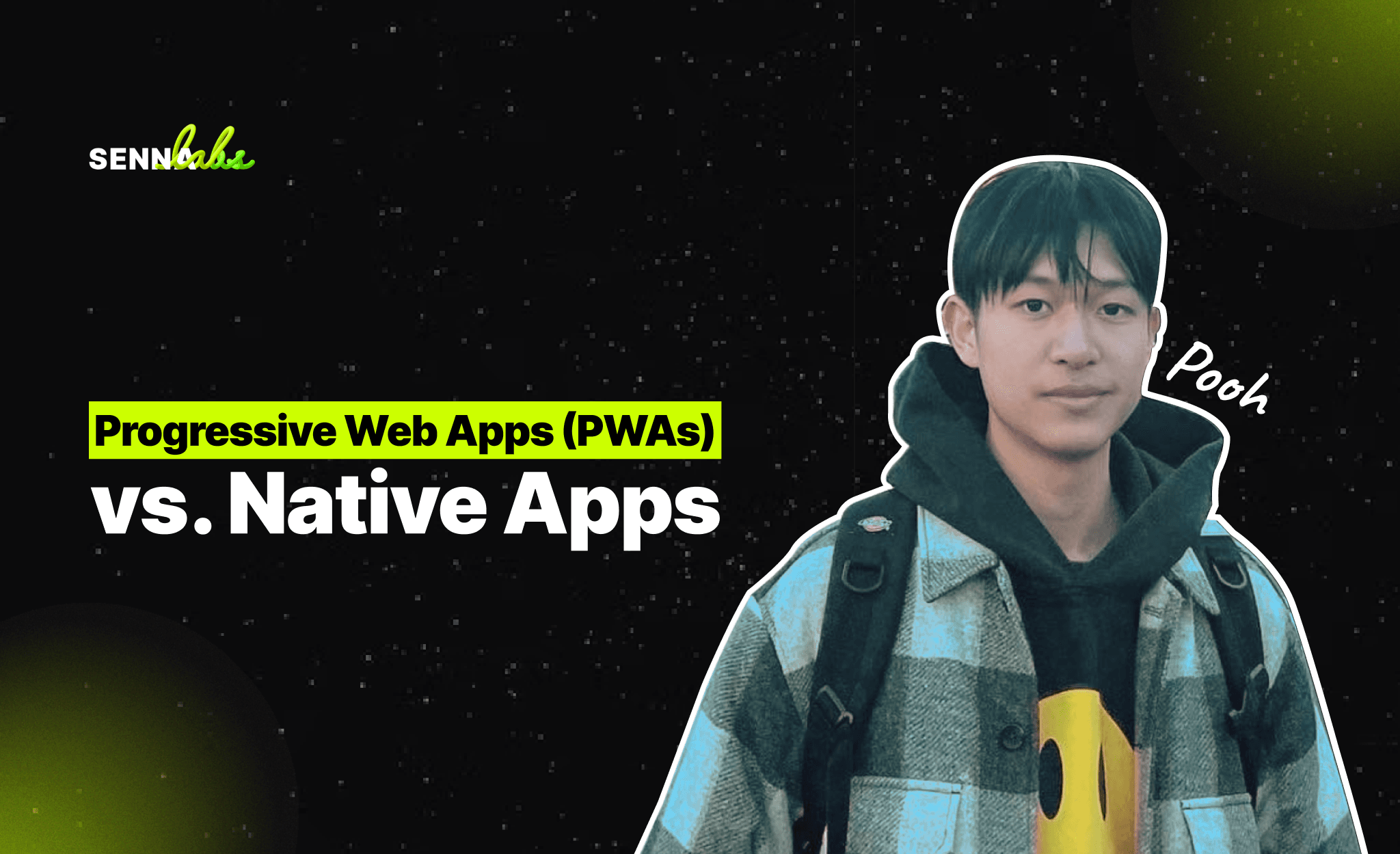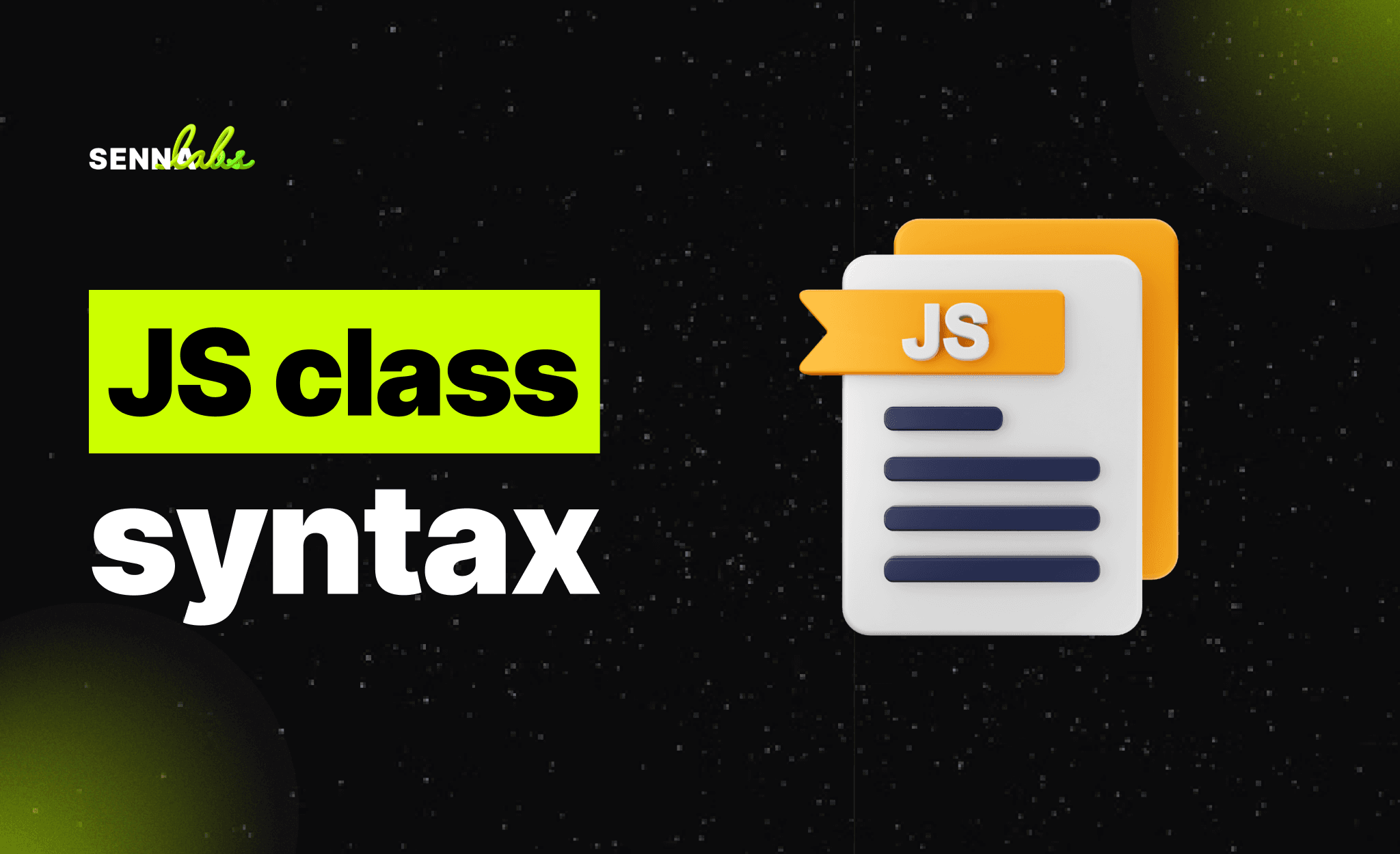Progressive Web Apps (PWAs) vs. Native Apps : Which is Better for Your Business?
Share

As businesses continue to expand their digital presence, choosing the right platform for mobile applications has become a critical decision. For years, native apps have been the go-to solution for providing users with a mobile-first experience. However, Progressive Web Apps (PWAs) have emerged as a powerful alternative that combines the best of web and mobile technologies.
Both PWAs and native apps offer unique advantages, but the right choice depends on your business’s specific needs, target audience, and budget. In this article, we will explore the key differences between Progressive Web Apps and native apps, comparing their advantages and limitations to help you make an informed decision. Additionally, we’ll examine a real-world use case where a news media company switched from a native app to a PWA, leading to a 50% increase in daily active users and a 15% reduction in app maintenance costs.

What Are Progressive Web Apps (PWAs)?
Progressive Web Apps (PWAs) are web applications that use modern web technologies to deliver an experience similar to native apps. PWAs are accessible through a web browser but offer features traditionally associated with native apps, such as offline access, push notifications, and home screen installation. PWAs aim to provide users with a seamless, app-like experience without requiring them to download the app from an app store.
Key Features of PWAs:
-
Offline Access: PWAs can cache content and enable users to access key features even when offline.
-
Responsive Design: PWAs are designed to work on any device, regardless of screen size or platform.
-
Home Screen Installation: Users can add PWAs to their device’s home screen without needing to visit an app store.
-
Push Notifications: PWAs support push notifications, allowing businesses to engage users with timely updates and alerts.
What Are Native Apps?
Native apps are mobile applications built specifically for a particular platform, such as iOS or Android. These apps are downloaded from app stores like Google Play or the Apple App Store and have full access to the device’s hardware and features. Native apps are known for their high performance and deep integration with the device’s operating system.
Key Features of Native Apps:
-
Platform-Specific: Native apps are built for a specific operating system (iOS or Android), which allows them to utilize platform-specific features and design elements.
-
Full Access to Device Features: Native apps can leverage all of the device’s hardware and software capabilities, including the camera, GPS, and notifications.
-
High Performance: Because they are designed specifically for one platform, native apps generally offer smoother performance and faster load times than web-based apps.
-
App Store Distribution: Native apps are distributed through app stores, providing access to a large audience but also requiring compliance with the app store’s guidelines and approval processes.
Comparing Progressive Web Apps and Native Apps
When deciding between a PWA and a native app, it’s important to consider the advantages and disadvantages of each option. Below, we’ll compare PWAs and native apps based on key factors such as performance, development cost, user engagement, and accessibility.
1. Performance
Native Apps:
Native apps tend to have the edge when it comes to performance. Since they are developed specifically for a platform (iOS or Android), they are optimized to work seamlessly with the device’s hardware and software. This allows for faster load times, smoother animations, and better overall performance—particularly for resource-intensive tasks like gaming or augmented reality.
PWAs:
While PWAs are improving in terms of performance, they still rely on a web browser to function, which can lead to slightly slower load times compared to native apps. However, with advances in web technologies and the use of service workers (which cache content for offline use), PWAs can still deliver fast, responsive experiences for most use cases.
Conclusion: If performance and access to device-specific features are top priorities (such as for gaming apps or apps with complex interactions), native apps may be the better choice. However, for most business applications, PWAs offer more than sufficient performance with the added benefit of flexibility.
2. Development Cost and Time
Native Apps:
Developing native apps is typically more expensive and time-consuming because you need to build separate apps for iOS and Android platforms. Each version of the app requires its own development team, coding language (Swift for iOS, Kotlin for Android), and design adjustments. Additionally, native apps require ongoing updates and maintenance for each platform.
PWAs:
PWAs offer a more cost-effective solution because they are built using standard web technologies like HTML, CSS, and JavaScript, which means they only need to be developed once and can work across multiple platforms (iOS, Android, desktop). This significantly reduces the development time and cost compared to native apps. PWAs also simplify maintenance, as updates are deployed on the server and automatically reflected across all devices.
Conclusion: If you’re looking for a faster, more affordable development process, PWAs offer a clear advantage. Native apps may be necessary for complex applications requiring deep platform integration, but for most businesses, a PWA provides a cost-effective solution.
3. User Engagement and Accessibility
Native Apps:
Native apps are highly engaging because they have full access to device features like push notifications, offline functionality, and hardware like cameras and GPS. However, one limitation of native apps is the barrier to entry—users must go through the app store to download and install the app. This extra step can deter some potential users, especially those with limited storage space or who are hesitant to download new apps.
PWAs:
PWAs eliminate the need for users to download an app from the app store, allowing for instant access via a browser link. This makes PWAs more accessible and user-friendly, particularly for businesses looking to reach a wider audience without requiring users to go through multiple steps. PWAs also support push notifications and can be added to the home screen, offering many of the same engagement opportunities as native apps.
Conclusion: PWAs offer a more frictionless experience for users, making it easier to access and engage with the app. Native apps may offer more immersive engagement for certain use cases, but for businesses looking to maximize accessibility and reach a broad audience, PWAs are a strong contender.
4. App Store Presence and Discoverability
Native Apps:
One of the biggest advantages of native apps is their presence in app stores, such as Google Play or the Apple App Store. These platforms offer massive visibility, and users often browse app stores specifically to discover new apps. Additionally, being listed on a reputable app store can lend credibility to your app.
PWAs:
PWAs are not distributed through traditional app stores, which means they lack the discoverability that native apps enjoy on those platforms. However, PWAs can still be found via search engines and can be shared easily through URLs. Additionally, recent developments have enabled PWAs to be listed on app stores in some cases, although this is not as common.
Conclusion: If app store presence and visibility are key to your business model, native apps may offer an advantage. However, for businesses focused on direct engagement and web-based discoverability, PWAs can still reach a large audience through SEO and direct marketing strategies.
Real-World Use Case: How a News Media Company Boosted User Engagement with a PWA
To understand the practical benefits of switching from a native app to a PWA, let’s look at the example of a news media company that made the transition and saw significant results.
The Challenge:
The company initially developed a native mobile app to deliver news content to its audience. While the native app provided a good user experience, it had several drawbacks:
-
High maintenance costs: The company needed to develop and maintain separate apps for iOS and Android, which required ongoing updates and bug fixes.
-
Slow load times: Users reported that the app took too long to load, leading to a higher bounce rate and lower engagement.
-
Limited offline access: The native app lacked comprehensive offline functionality, which was a disadvantage for users in areas with poor internet connectivity.
The Solution: Transitioning to a PWA
To address these challenges, the company decided to replace its native app with a Progressive Web App (PWA). The PWA was designed to:
-
Improve page load speeds using service workers, which cached content and reduced the need for data retrieval from the server.
-
Provide offline access to news articles, allowing users to read content even without an internet connection.
-
Simplify maintenance by using a single codebase for all devices, reducing the costs and complexity associated with maintaining two separate native apps.
The Results:
After launching the PWA, the company experienced significant improvements in both user engagement and operational efficiency:
-
50% increase in daily active users: The PWA’s improved load times and seamless accessibility resulted in more users returning to the platform each day.
-
15% reduction in app maintenance costs: By consolidating their app development efforts into a single PWA, the company was able to reduce the resources needed for updates and bug fixes.
-
Improved user satisfaction: Users appreciated the faster performance and offline access, leading to longer browsing sessions and higher overall satisfaction.
Conclusion: Which Is Better for Your Business?
When deciding between a Progressive Web App (PWA) and a native app, the right choice depends on your business’s goals, budget, and target audience.
-
PWAs are ideal for businesses looking to reduce development costs, simplify maintenance, and offer a more accessible and frictionless experience across devices. They are particularly suited for content-driven platforms, e-commerce sites, and businesses that need a fast, lightweight solution.
-
Native apps are better suited for businesses that require deep integration with device hardware or are looking to provide a highly immersive experience, such as gaming or augmented reality apps. They also offer the advantage of app store visibility.
As shown in the news media company’s example, making the switch from a native app to a PWA can lead to significant improvements in user engagement, reduced costs, and a better overall experience for users. For most businesses, PWAs represent a scalable, cost-effective alternative to traditional native apps, without compromising on functionality or performance.
Ultimately, the best solution for your business will depend on your specific needs and the type of experience you want to deliver to your users.

Share

Keep me postedto follow product news, latest in technology, solutions, and updates
Related articles
Explore all


